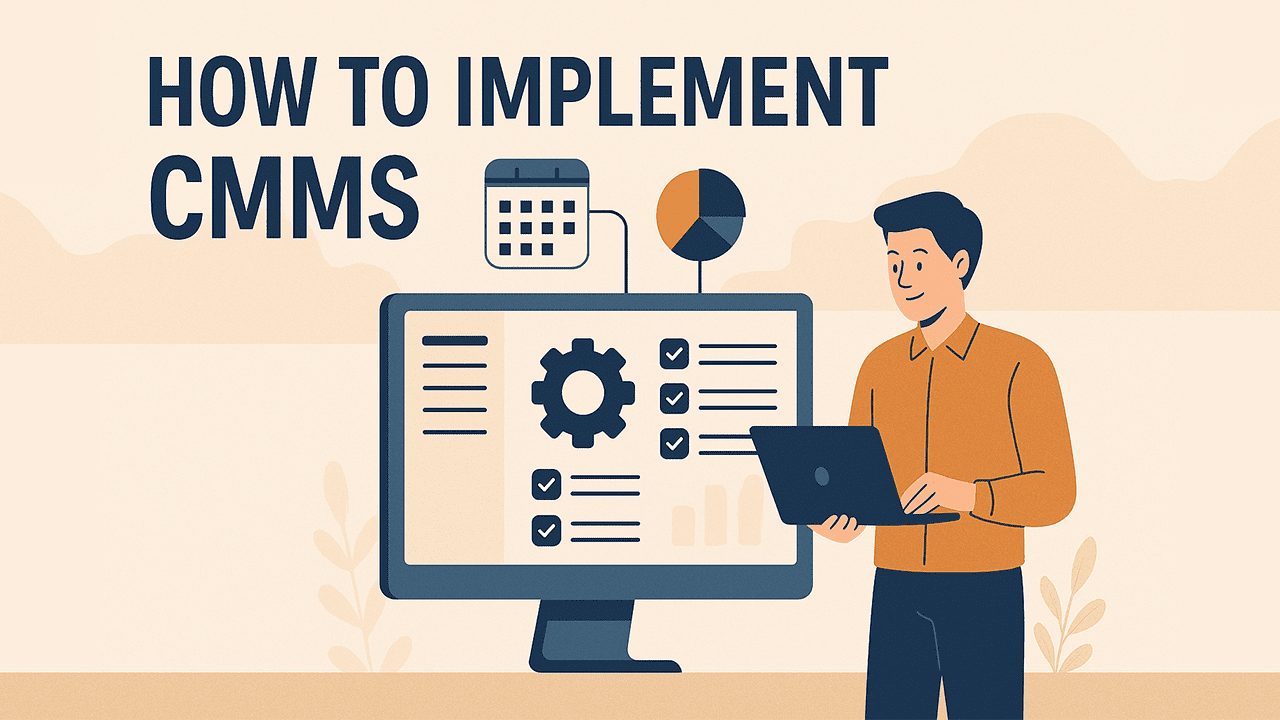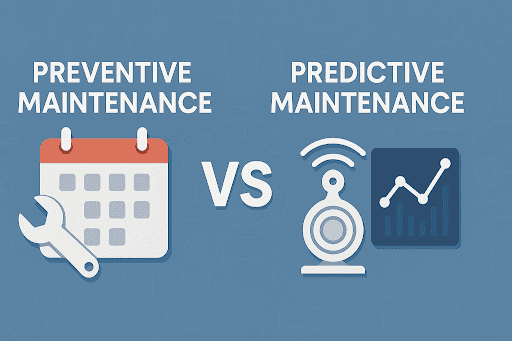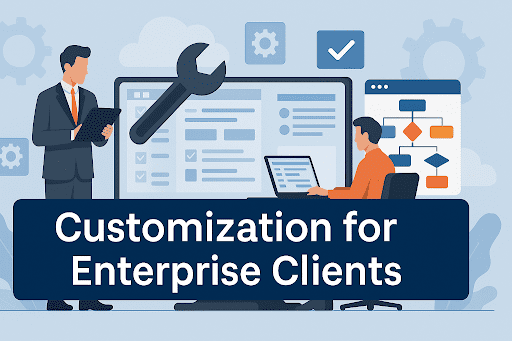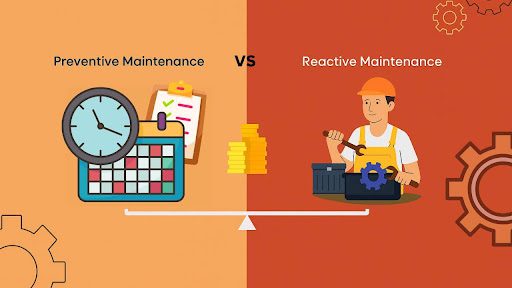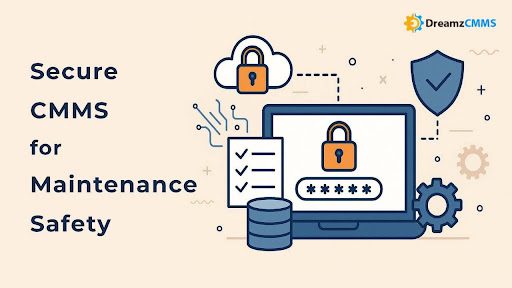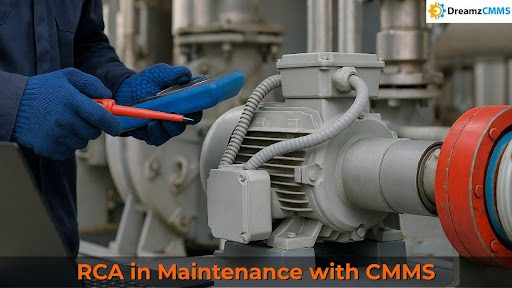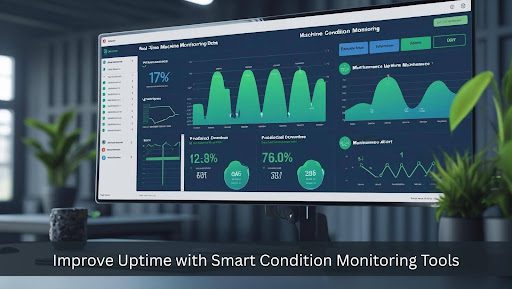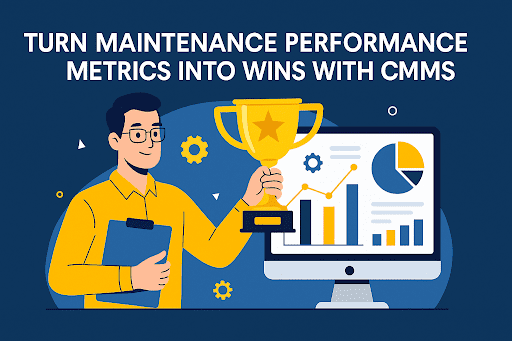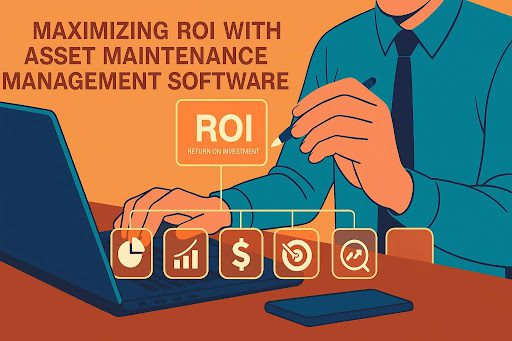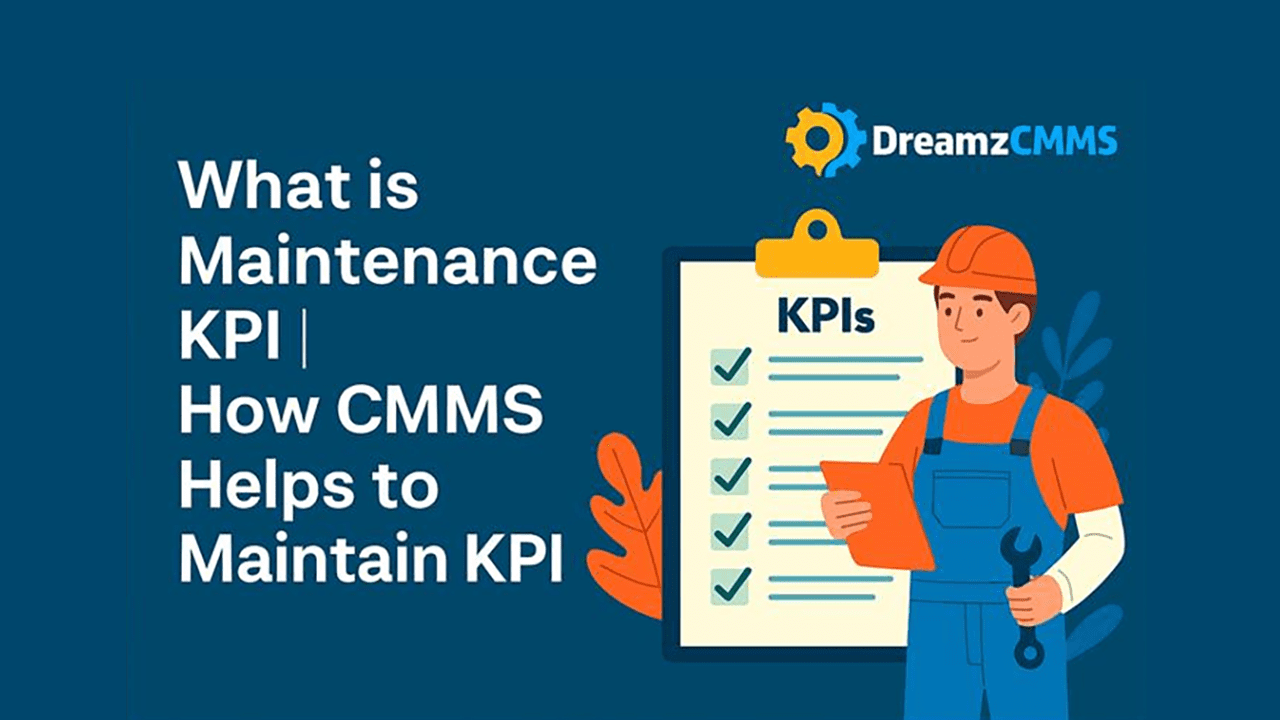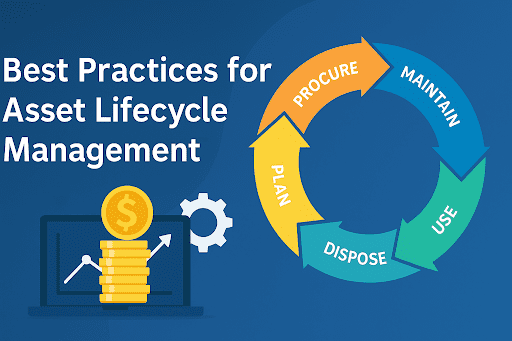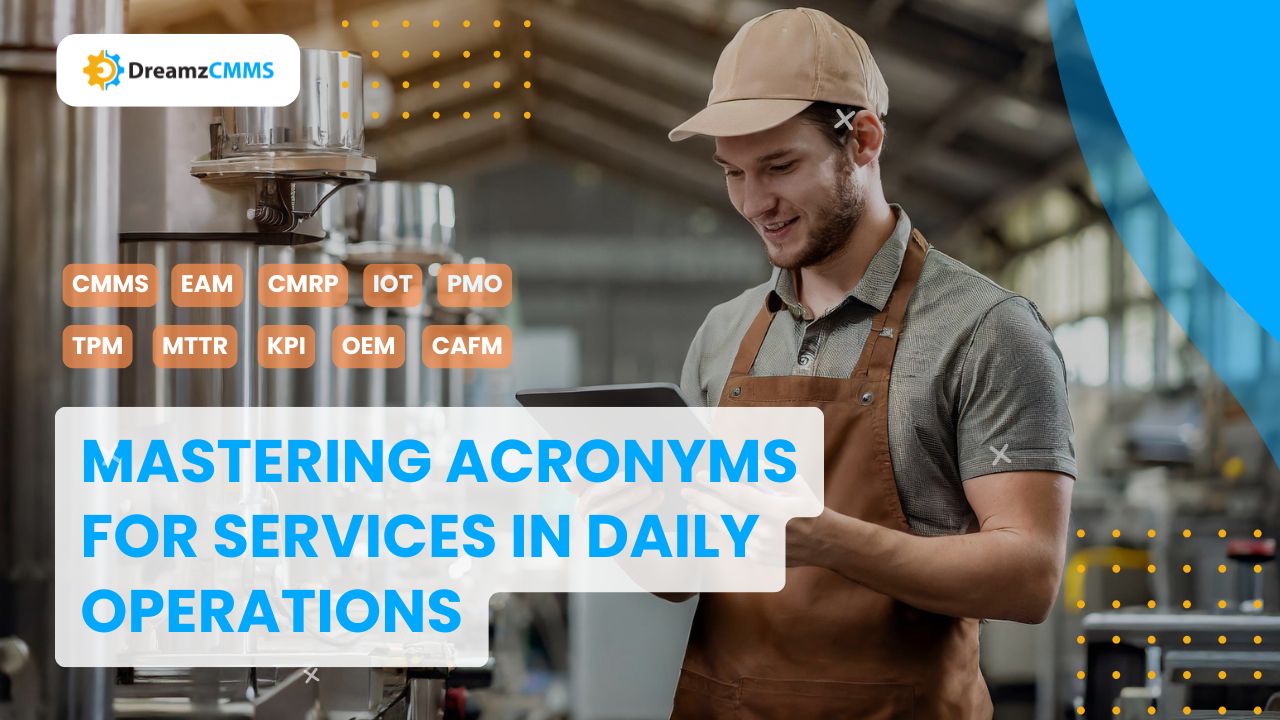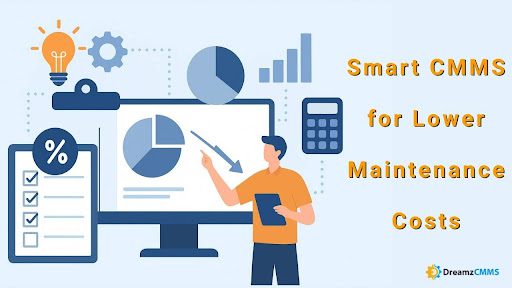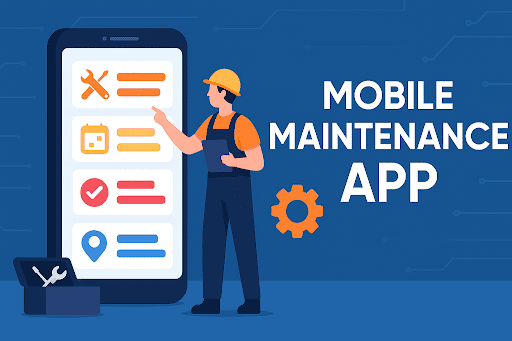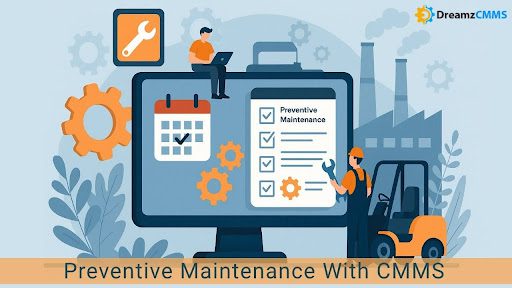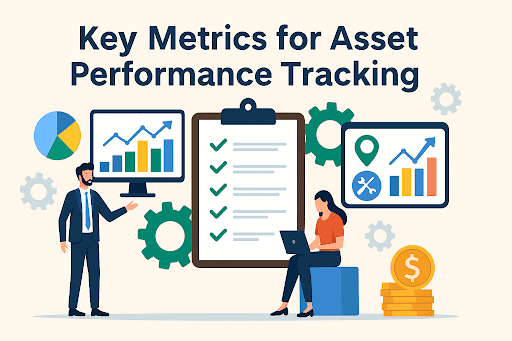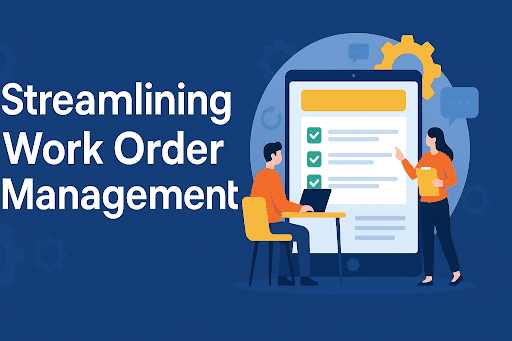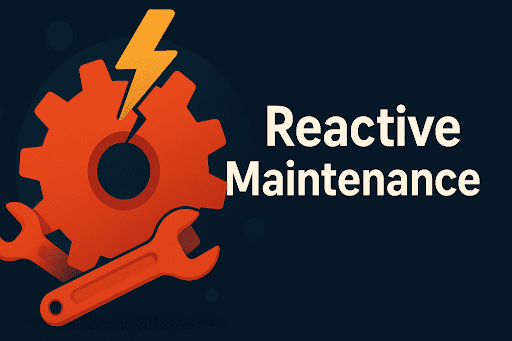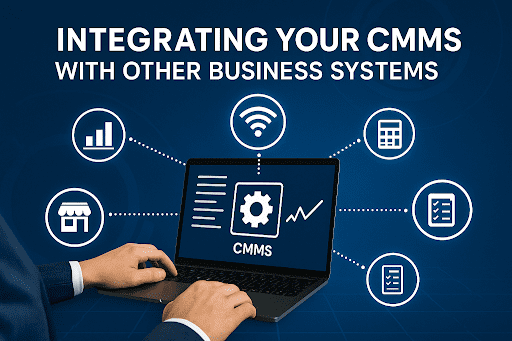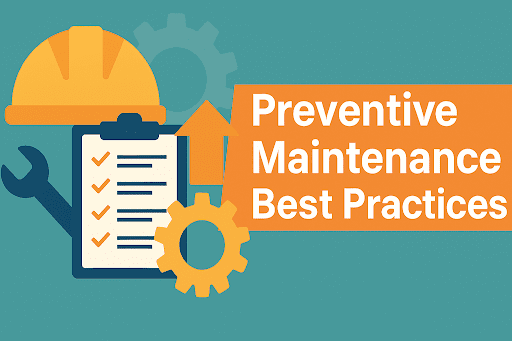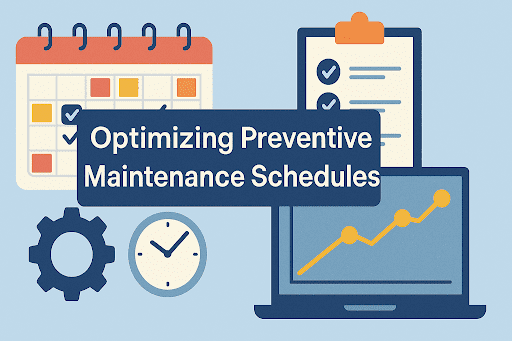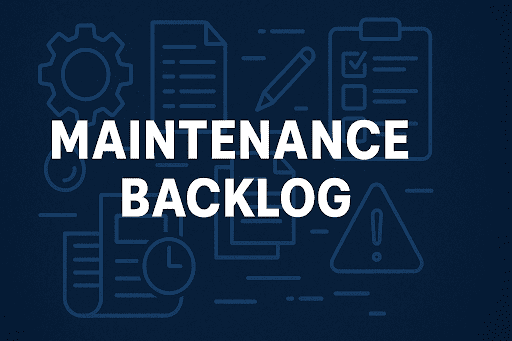 BACK TO Blog
BACK TO Blog
Asset Rental Management
Asset Maintenance
The basic equipment downtime definition is when systems, machinery, and production tools stop working and fail to produce output. Equipment failures either cause planned maintenance times or unanticipated downtime. Reducing unplanned downtime is more than a maintenance goal in today's industrial scene; it is a business need. Downtime disturbs operations,
- May 02, 2025
- Debraj Basu
- 7 minutes read
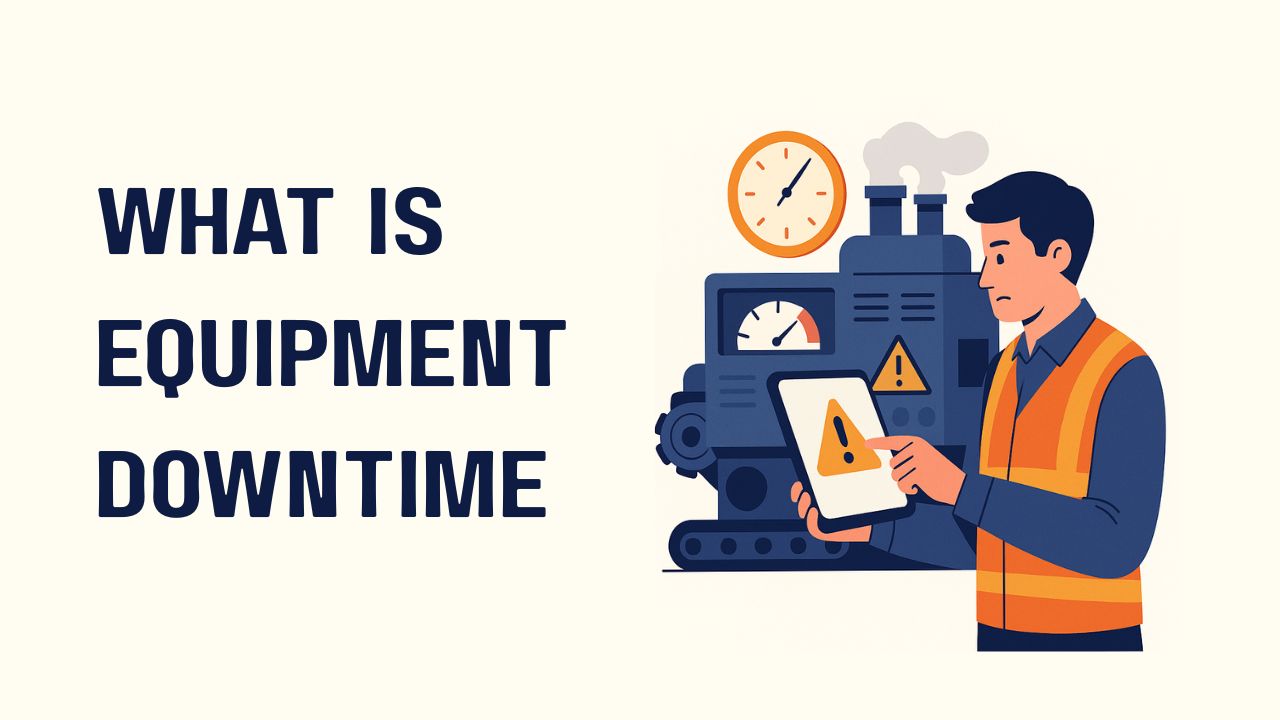
- May 02, 2025
- Debraj Basu
- 7 minutes read
The basic equipment downtime definition is when systems, machinery, and production tools stop working and fail to produce output. Equipment failures either cause planned maintenance times or unanticipated downtime. Reducing unplanned downtime is more than a maintenance goal in today's industrial scene; it is a business need. Downtime disturbs operations, consumes profits, and hinders expansion, whether it be unexpected breakdowns or regular maintenance.
Organizations are turning more and more to smart predictive maintenance plans and the Adoption of CMMS to monitor, analyze, and lower downtime across all equipment assets in order to manage this properly.
This blog defines equipment downtime, distinguishes between planned and unplanned downtime, addresses important metrics and reasons, and shows how strategic implementation of CMMS enables companies to attain uptime and dependability.
What is Equipment Downtime?
The basic equipment downtime definition describes the period when production tools and machinery, and systems stop working and fail to generate output. Equipment failures lead to either unplanned downtime or scheduled maintenance periods. One of the key benefits of this process is the ability to minimize downtime through real-time monitoring and proactive planning.
Downtime is classified into two primary categories:
- Scheduled Downtime
- Unexpected Downtime
Knowing these helps companies give maintenance processes top priority and control risks, particularly during or following CMMS installation. Thorough Equipment Downtime Analysis, which reveals trends, reasons, and development opportunities, is one effective approach to do this.
| Want to Reduce Equipment Downtime and Boost Asset Reliability? Discover how an intelligent adoption of CMMS and asset maintenance management software can transform your maintenance strategy. Request a Free Demo of DreamzCMMS and start making data-driven decisions today! |
Planned Downtime
Scheduled interruptions where assets are taken offline for a particular purpose, such as preventive maintenance or equipment upgrades, or planned downtime.
Typical Reasons for Planned Downtime:
- Planned maintenance (PM)
- Upgrades to software or hardware
- Tasks of cleaning or calibration
- Equipment changeovers or operator training
Usually included in a well-organized CMMS system, planned downtime guarantees the least disturbance and enhances long-term asset health.
Unplanned Downtime
Usually caused by breakdowns, faults, or human mistakes, unplanned downtime happens without notice.
Frequent Reasons for Unplanned Downtime:
- Mechanical or electrical breakdown
- Sensor or software faults
- Operator errors
- Environmental factors
Although unplanned downtime cannot be completely avoided, companies can greatly lower its incidence with appropriate planning, analysis, and CMMS deployment.
Why Equipment Downtime Matters
The price of downtime is incredible. Depending on the industry and asset criticality, studies indicate equipment downtime expenses might run into thousands of dollars every hour.
Impacts Include:
- Production delays
- Missed SLAs
- Increased repair and labor costs
- Damaged reputation
- Lower customer satisfaction
A successful Adoption of CMMS helps in equipment downtime tracking, making these hidden costs visible and manageable.
Key Equipment Downtime Metrics
Tracking and optimizing maintenance requires data. CMMS systems empower you with clear visibility into equipment downtime metrics like:
- Total Downtime
- Mean Time Between Failures (MTBF)
- Mean Time to Repair (MTTR)
- Downtime Frequency
- OEE (Overall Equipment Effectiveness)
Including these measures in your CMMS setup creates a basis for intelligent decision-making and ongoing development.
Equipment Downtime Calculation Process
Determining its real effect is fundamental to downtime control.
Downtime (%) = (Total Available Time / Total Downtime) x 100
Most CMMS systems include this formula, which is commonly applied during the Adoption of CMMS stage to baseline performance and establish future objectives.
Analysis of Equipment Downtime
Analysis of equipment downtime reveals recurrent failure points and underlying causes. Often included in CMMS systems, analytical dashboards show trends and help with more intelligent planning.
Benefits:
- Identify high-risk equipment
- Spot trends across departments or shifts
- Allocate budget and manpower effectively
- Track downtime causes by type, machine, or location
Robust Adoption of CMMS ensures this analysis becomes part of your ongoing schedule maintenance strategy.
Tracking Equipment Downtime Using CMMS
One of the main advantages of the Adoption of CMMS is its capacity to automate and simplify downtime monitoring.
Features Include:
- Real-time alerts for downtime events
- Auto-generated reports
- Integration with sensors and IoT for condition-based tracking
- Historical log of breakdowns and repairs
This not only aids in daily operations but also promotes long-term equipment lifecycle management and meaningful Equipment Downtime Reduction.
Minimize Equipment Downtime: Best Practices
Reducing downtime calls for a mix of strategy, tools, and discipline.
Top Tips:
- Implement a CMMS
Centralized tracking, notifications, and scheduling assist in removing forgotten maintenance activities. - Plan Preventive Maintenance (PM)
Proactively maintaining assets will help you avoid reactive repairs. - Train Operators and Technicians
Proper training reduces human errors, a major cause of equipment downtime. - Use IoT and Condition Monitoring
Monitor real-time vibrations, temperature, pressure, and other parameters to find early warning indicators and reduce machine downtime before it becomes critical. - Maximize Spare Parts Inventory
Use CMMS-based inventory controls to keep critical parts in stock.
Any successful Adoption of CMMS depends on these actions since they help data-driven decision-making and continuous performance enhancement.
Comparing Planned vs. Unplanned Downtime
| Feature | Planned Downtime | Unplanned Downtime |
| Occurrence | Scheduled and managed | Unexpected and disruptive |
| Purpose | Maintenance, upgrades, safety checks | Failures, breakdowns, operator errors |
| Cost Impact | Predictable and budgeted | High and unpredictable |
| Control Level | High – Strategically managed | Low–Reactive response |
| Tools Used | CMMS, SOPs, planning tools | Emergency repairs, diagnostics |
| Effect on Production | Minimally disruptive | Highly disruptive |
Real-World Example: Adoption of CMMS in Manufacturing
Examining a real-world situation will help us to grasp how much the correct Adoption of CMMS matters.
Case Study: Plant for Automotive Manufacturing
One of the top makers of automotive components had consistent downtime on its robotic assembly lines. Nearly every week, equipment breakdowns, insufficient spare parts, and inadequate records caused unplanned shutdowns affecting deliveries.
After implementing a CMMS platform, the organization was able to:
- Set up preventive maintenance schedules for all robotic arms.
- Track component-level performance and automate spare part reordering.
- Log detailed downtime incidents for better root cause analysis.
- Use mobile access for real-time issue resolution on the shop floor.
Within six months, unplanned downtime was reduced by 40%, saving over $300,000 in lost production time.
Best Practices for Adoption of CMMS
Installing a CMMS is about matching individuals, processes, and technology, not only software. These important best practices will guarantee success:
- Define Clear Objectives
- Get Stakeholder Buy-In
- Conduct Asset Audit
- Clean and Migrate Data
- Train Your Team
- Start Small, Scale Fast
- Measure Success
All these are core elements of a strategic and successful Adoption of CMMS.
Industry Applications of the Adoption of CMMS
CMMS isn’t limited to manufacturing. It has valuable applications across industries:
- Healthcare: Reduces medical equipment failure.
- Facilities Management: Maintains HVAC and critical infrastructure.
- Utilities: Tracks substation and grid maintenance.
- Food & Beverage: Ensures compliance and cooling system uptime.
Final Reflections: Using CMMS to Open Uptime
Companies that give uptime, efficiency, and data-driven maintenance top priority in Industry 4.0 have a significant advantage. Managing equipment downtime efficiently is a business-critical task from reducing production losses to enhancing asset lifetime and safety compliance.
But doing this by hand is no longer feasible.
A strong Adoption of CMMS gives your team the tools, information, and automation required to take control. A well-planned CMMS rollout can lower downtime, increase team responsibility, and optimize ROI, whether you are a manufacturing behemoth, a facility manager, or a healthcare provider.
| Ready to Future-Proof Your Maintenance with the Adoption of CMMS? Say goodbye to costly unplanned downtime and hello to operational efficiency. Book a Personalized Consultation with DreamzCMMS and see how we help companies like yours achieve seamless equipment downtime reduction. DreamzCMMS helps you: ➤ Implement preventive maintenance for better uptime ➤ Monitor machine performance in real-time ➤ Reduce unplanned downtime and repair costs ➤ Optimize production schedules and improve efficiency Do not wait for the next breakdown. Start increasing your machine uptime today with smarter, preventive maintenance strategies. Your team, your equipment, and your production goals will thank you. Schedule a free consultation or demo with our DreamzCMMS experts now. |
FAQ
Q1: How long does a CMMS installation take?
A: Usually 4–12 weeks, depending on company size and preparation.
Q2: Can CMMS cut unplanned as well as planned downtime?
A: Certainly, it helps to forecast unplanned failures and maximize planned activities.
Q3: What metrics can it track?
A: MTTR, MTBF, OEE, total downtime, etc.
Q4: Is CMMS just for big businesses?
A: No, small and medium-sized enterprises gain just as much.
Q5: Which CMMS is best for me?
A: Give mobile access, analytics, support, and scalability top priority among features.
Ready for More?
Talk to one of our CMMS experts and see how DreamzCMMS can simplify your maintenance operations.
Book a free consultation
